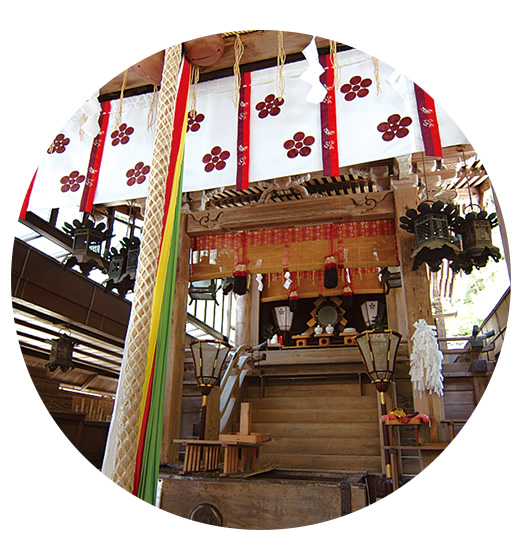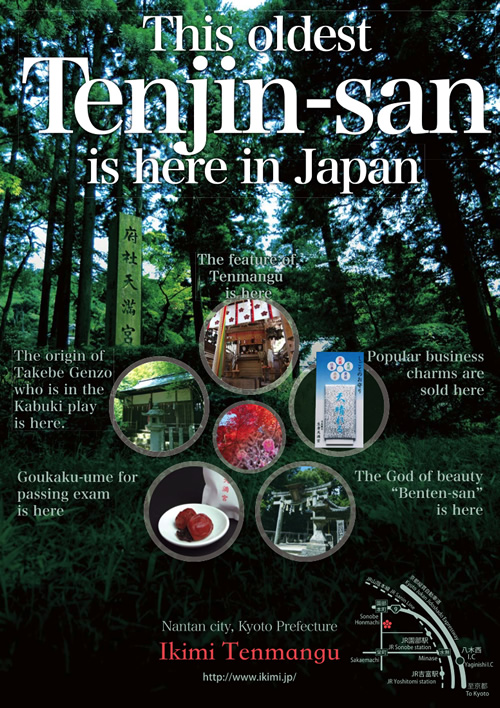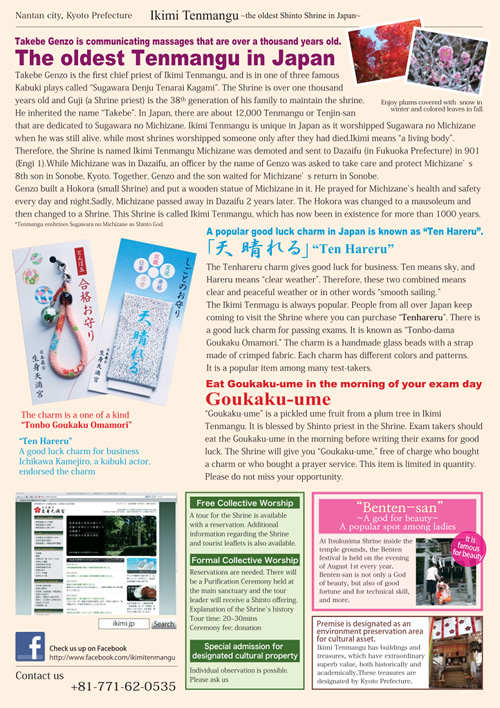This oldest Tenjin-san is here in Japan
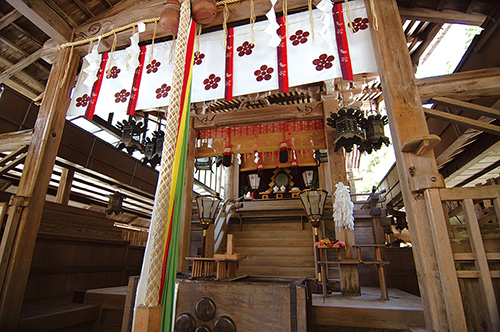 The feature of Tenmangu is here
The feature of Tenmangu is here
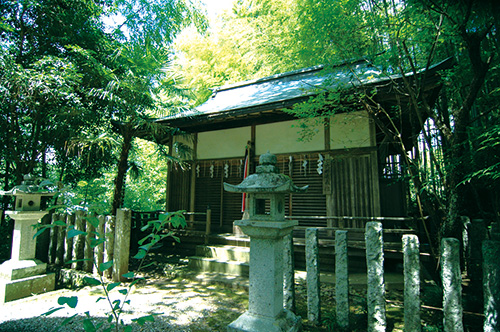 The origin of Takebe Genzo
The origin of Takebe Genzo
who is in the Kabuki play is here
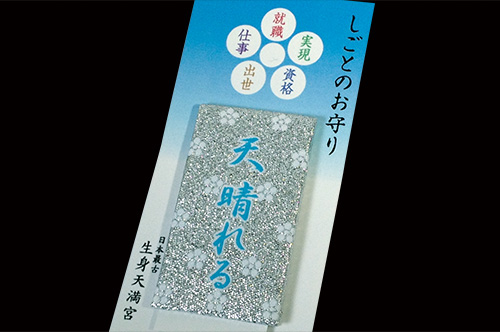 Popular business charms are sold here
Popular business charms are sold here
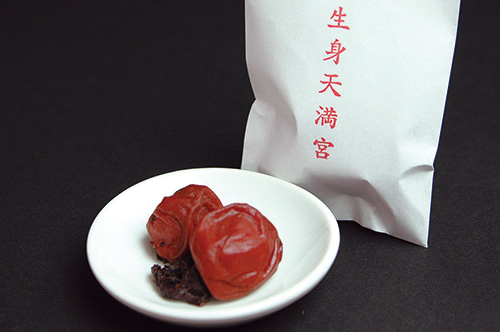 Goukaku-ume for passing exam is here
Goukaku-ume for passing exam is here
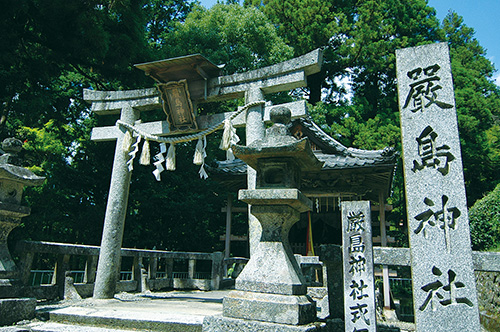 The God of beauty “Benten-san” is here
The God of beauty “Benten-san” is here
Takebe Genzo is communicating massages that are over a thousand years old.
The oldest Tenmangu in Japan
Takebe Genzo is the first chief priest of Ikimi Tenmangu, and is in one of three famous
Kabuki plays called “Sugawara Denju Tenarai Kagami”. The Shrine is over one thousand
years old and Guji (a Shrine priest) is the 38th generation of his family to maintain the shrine.
He inherited the name “Takebe”. In Japan, there are about 12,000 Tenmangu or Tenjin-san
that are dedicated to Sugawara no Michizane. Ikimi Tenmangu is unique in Japan as it worshipped Sugawara no Michizane
when he was still alive. while most shrines worshipped someone only after they had died.Ikimi means “a living body”. Therefore, the Shrine is named Ikimi Tenmangu Michizane was demoted and sent to Dazaifu (in Fukuoka Prefecture) in 901(Engi 1).While Michizane was in Dazaifu, an officer by the name of Genzo was asked to take care and protect Michizane’s 8th son in Sonobe, Kyoto. Together, Genzo and the son waited for Michizane’s return in Sonobe.
Genzo built a Hokora (small Shrine) and put a wooden statue of Michizane in it. He prayed for Michizane’s health and safety every day and night.Sadly, Michizane passed away in Dazaifu 2 years later. The Hokora was changed to a mausoleum and then changed to a Shrine. This Shrine is called Ikimi Tenmangu, which has now been in existence for more than 1000 years.

Enjoy plums covered with snow in winter and colored leaves in fall.
A popular good luck charm in Japan is known as “Ten Hareru”.
「天 晴れる」“Ten Hareru”
The Tenhareru charm gives good luck for business. Ten means sky, and Hareru means “clear weather”. Therefore, these two combined means clear and peaceful weather or in other words “smooth sailing. ” The Ikimi Tenmagu is always popular. People from all over Japan keep coming to visit the Shrine where you can purchase “Tenhareru”. There is a good luck charm for passing exams. It is known as “Tonbo-dama Goukaku Omamori.” The charm is a handmade glass beads with a strap made of crimped fabric. Each charm has different colors and patterns. It is a popular item among many test-takers.
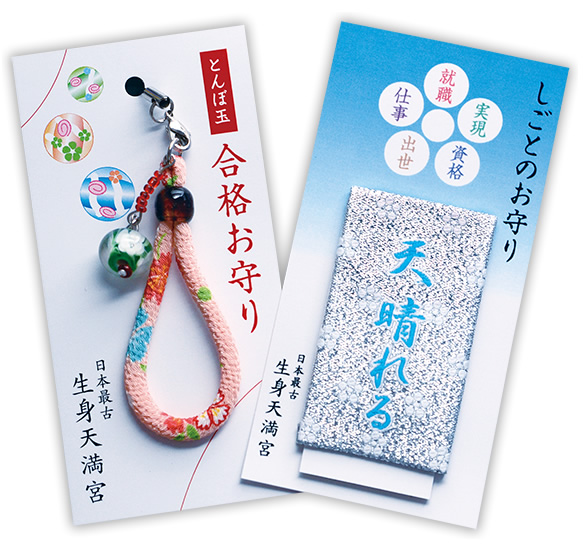
The charm is a one of a kind
“Tonbo Goukaku Omamori”
“Ten Hareru”
A good luck charm for business
Ichikawa Kamejiro,
a kabuki actor,
endorsed the charm
Eat Goukaku-ume in the morning of your exam day
Goukaku-ume
“Goukaku-ume” is a pickled ume fruit from a plum tree in Ikimi Tenmangu. It is blessed by Shinto priest in the Shrine. Exam takers should eat the Goukaku-ume in the morning before writing their exams for good luck. The Shrine will give you “Goukaku-ume,” free of charge who bought a charm or who bought a prayer service. This item is limited in quantity. Please do not miss your opportunity.
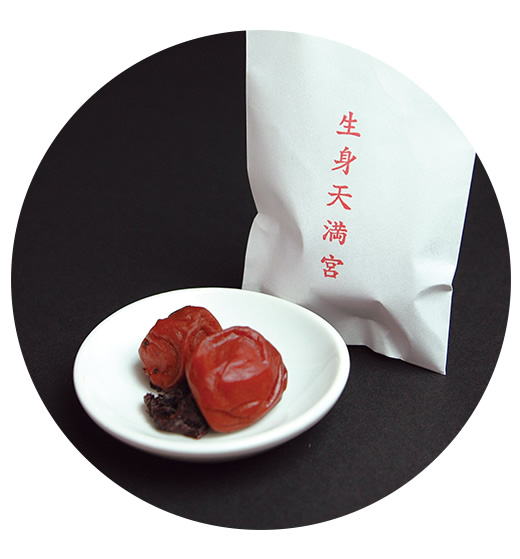
~A god for beauty~
A popular spot among ladies
“Benten-san”
At Itsukusima Shrine inside the temple grounds, the Benten festival is held on the evening of August 1st every year.
Benten-san is not only a God of beauty, but also of good fortune and for technical skill, and more.
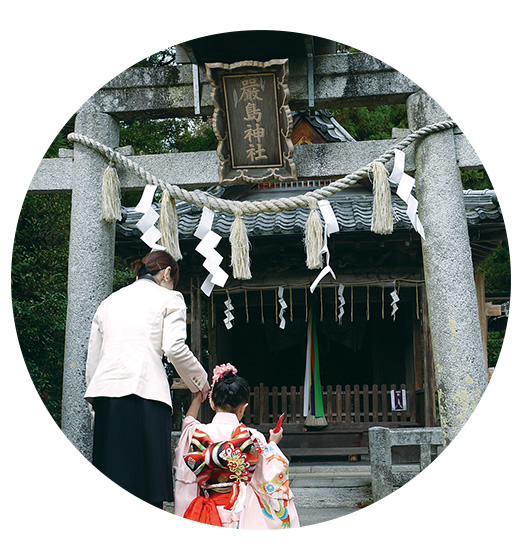
Premise is designated as an environment preservation area for cultural asset.
Ikimi Tenmangu has buildings and treasures, which have extraordinary superb value, both historically and academically.These treasures are designated by Kyoto Prefecture.
